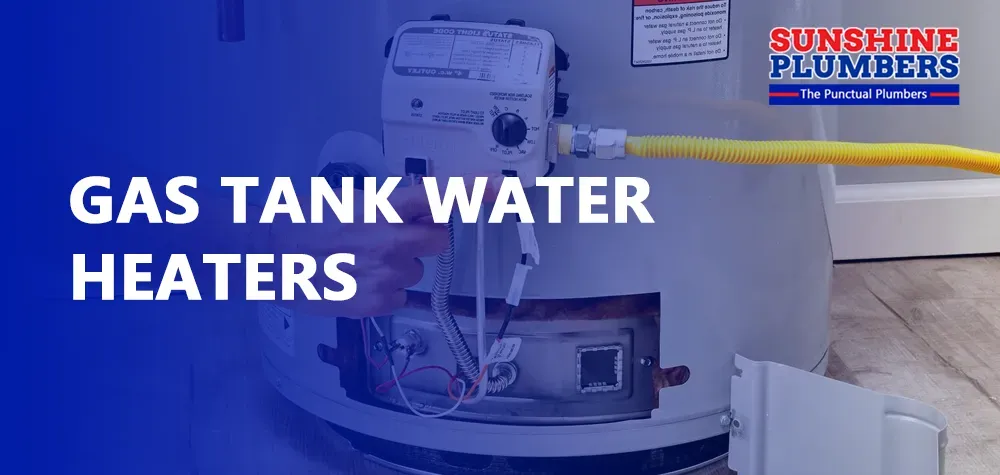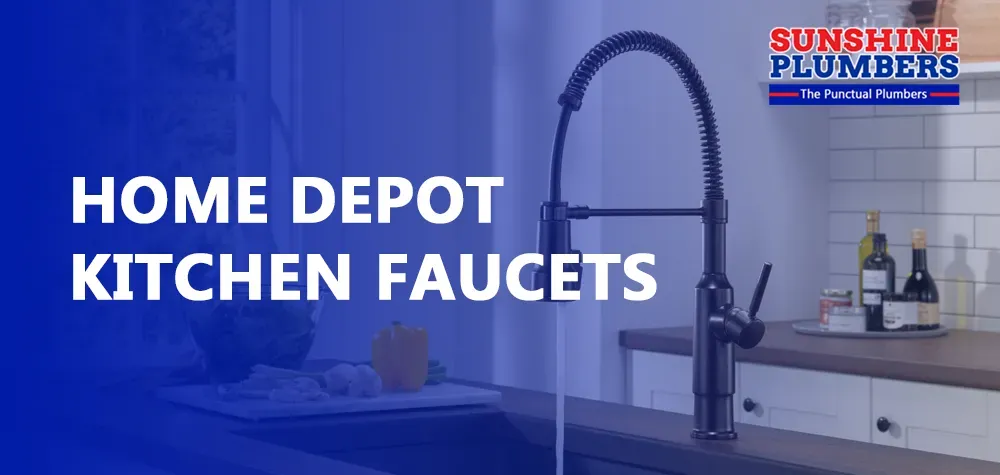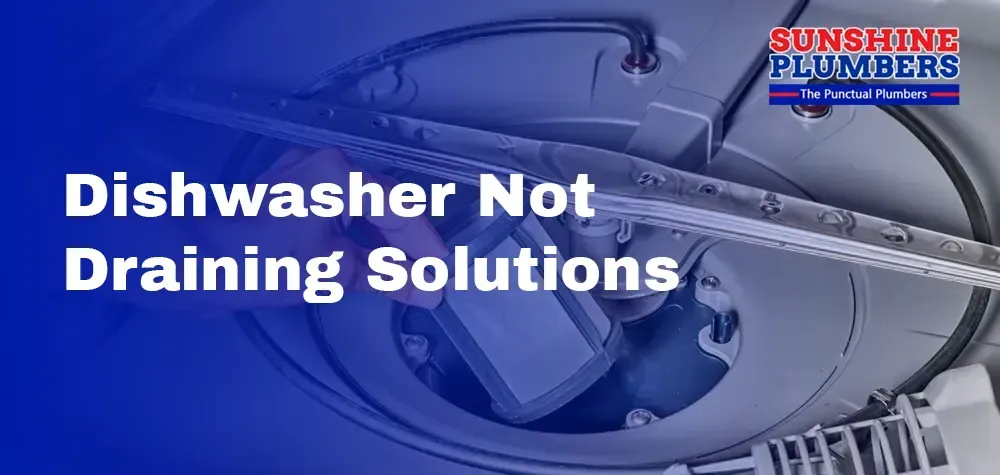Dishwasher Not Draining Solutions
Is your dishwasher leaving standing water at the bottom of the tub? If so, you're likely dealing with the frustrating issue of a dishwasher not draining properly. Before you resort to handwashing dishes, let Sunshine Plumbers guide you through the troubleshooting process to identify and resolve the problem efficiently.
Common Causes of a Dishwasher Not Draining
- Clogged Drain Hose: One of the most common culprits behind a dishwasher not draining is a clogged drain hose. Food particles, grease, and debris can accumulate in the hose over time, obstructing the flow of water.
- Blocked Air Gap or Garbage Disposal: If your dishwasher is connected to a garbage disposal or has an air gap installed, check for blockages in these components. A clogged air gap or garbage disposal can prevent proper drainage from the dishwasher.
- Faulty Drain Pump: The drain pump is responsible for expelling water from the dishwasher at the end of each cycle. If the drain pump is malfunctioning or defective, it may fail to remove water from the tub, leading to drainage issues.
- Clogged Filter or Drain Basket: Many dishwashers are equipped with a filter or drain basket to catch debris and prevent it from entering the drain pump. If these components become clogged or blocked, it can impede drainage and result in standing water.
Troubleshooting Steps to Resolve Dishwasher Drainage Issues
Inspect the Drain Hose:
Begin by carefully inspecting the entire length of the drain hose for any signs of damage, such as cracks or splits, which could be causing leaks or blockages. Pay close attention to areas where the hose bends or connects to other components. If you notice any kinks, twists, or sharp bends, straighten them out to allow for proper water flow. Next, disconnect the drain hose from both the dishwasher and the sink drain to thoroughly examine it for obstructions. Use a flashlight to peer into the hose and remove any debris, such as food particles or sediment, using a wire hanger or plumbing snake. Rinse the hose with warm water to flush out any remaining debris before reattaching it securely to the dishwasher and sink drain.
Check the Air Gap and Garbage Disposal:
Inspect the air gap, if present, located on the countertop or sink near the dishwasher. Remove the cap from the air gap and visually inspect it for any blockages or buildup. Clean the air gap thoroughly by flushing it with water and using a small brush to remove any debris lodged inside. Additionally, check the garbage disposal, if connected to the dishwasher, for blockages or clogs. Turn off the power to the garbage disposal and carefully remove any obstructions using pliers or a plumbing snake. Ensure that the knockout plug inside the disposal's dishwasher inlet is removed, allowing water to flow freely from the dishwasher into the disposal.
Clean the Filter and Drain Basket:
Locate the dishwasher's filter or drain basket, typically located at the bottom of the dishwasher tub beneath the lower spray arm. Remove the filter or basket according to the manufacturer's instructions and inspect it for debris, such as food particles, grease, or soap scum. Use a soft-bristled brush or sponge to gently scrub away any buildup, taking care not to damage the filter or basket. Rinse the filter or basket under running water to remove loosened debris, then reinstall it securely in the dishwasher. Consider using a dishwasher cleaner or descaler periodically to prevent future buildup and maintain optimal performance.
Test the Drain Pump:
Initiate a diagnostic cycle on your dishwasher to assess the functionality of the drain pump. Consult your dishwasher's user manual for instructions on how to enter diagnostic mode, typically achieved by pressing specific buttons or sequences on the control panel. Listen carefully for any unusual noises emanating from the dishwasher during the diagnostic cycle, as this may indicate a malfunctioning drain pump. If the drain pump fails to activate or exhibits irregular behavior, such as erratic cycling or excessive noise, it may be necessary to replace the pump to restore proper drainage. Contact Sunshine Plumbers for professional assistance and to ensure the correct replacement part is installed.
Verify Proper Installation:
Review the installation of your dishwasher to confirm that it meets manufacturer specifications and local plumbing codes. Ensure that the dishwasher is level and securely anchored to the countertop or cabinet to prevent movement during operation. Verify that the drain hose is properly routed and secured to prevent kinks or obstructions. Check for any visible signs of leaks or damage around the dishwasher and plumbing connections. If you have any doubts about the installation or encounter any issues, contact Sunshine Plumbers for a thorough inspection and expert guidance. Our team of certified plumbers will ensure that your dishwasher is installed correctly and functioning optimally for years to come.
When to Call Sunshine Plumbers
If you've exhausted all troubleshooting steps and your dishwasher still isn't draining properly, it's time to call in the experts at Sunshine Plumbers. Our team of skilled technicians has the knowledge and experience to
diagnose and repair even the most stubborn drainage issues. Don't let a dishwasher not draining ruin your kitchen routine. Trust Sunshine Plumbers to provide prompt, reliable service and get your dishwasher back in working order in no time. Contact us today to schedule your appointment and experience the Sunshine Plumbers difference for yourself!




